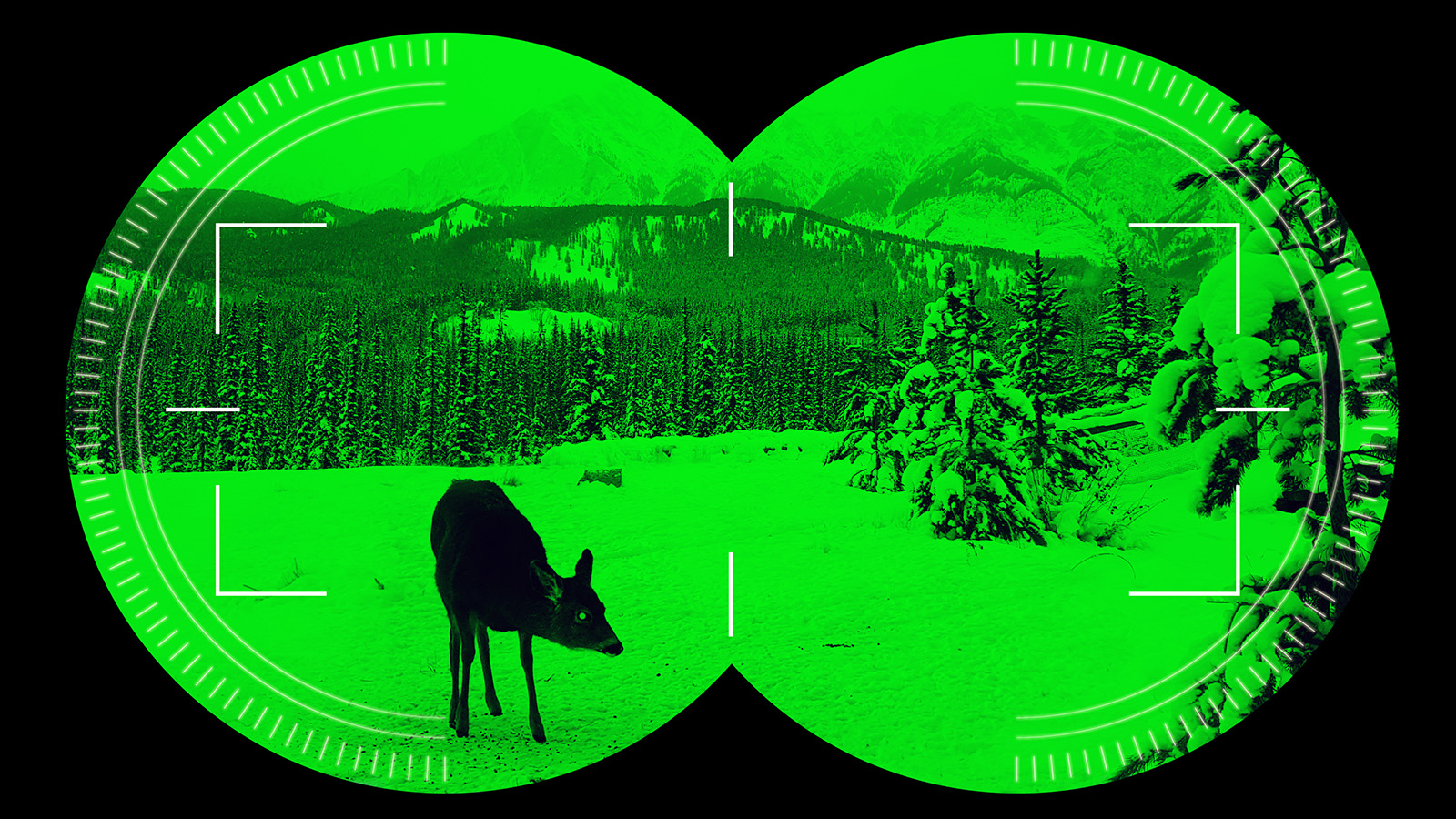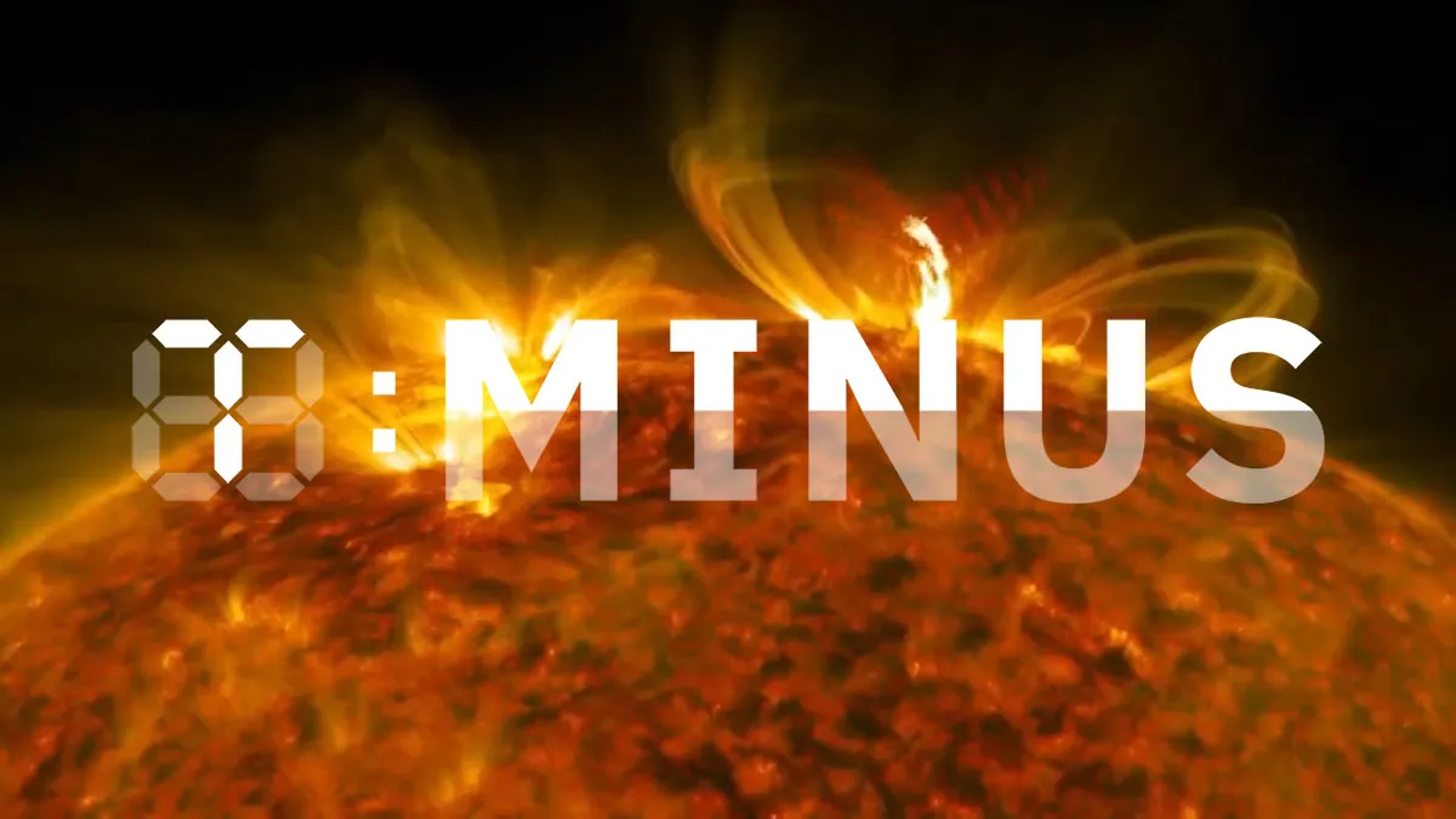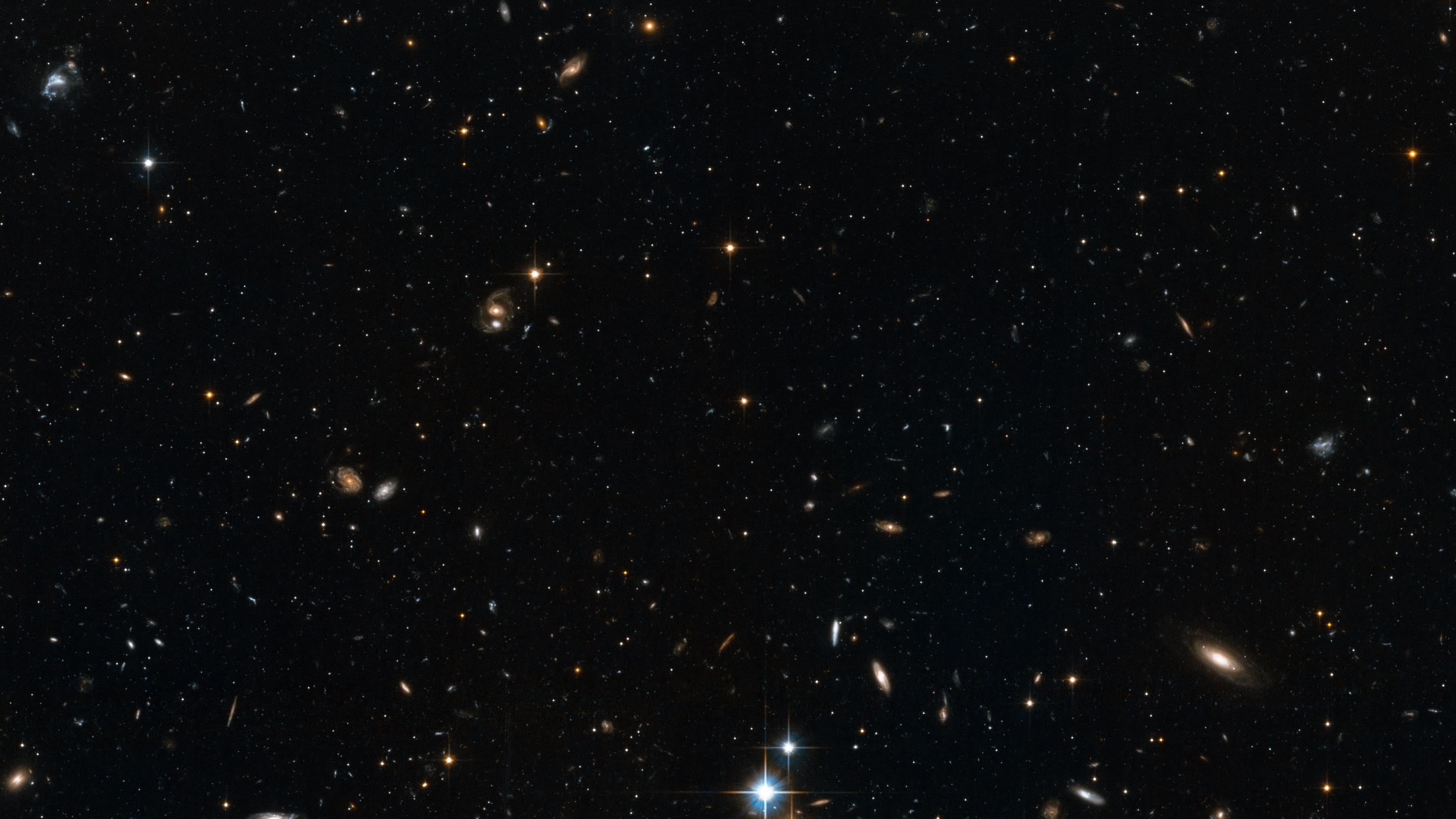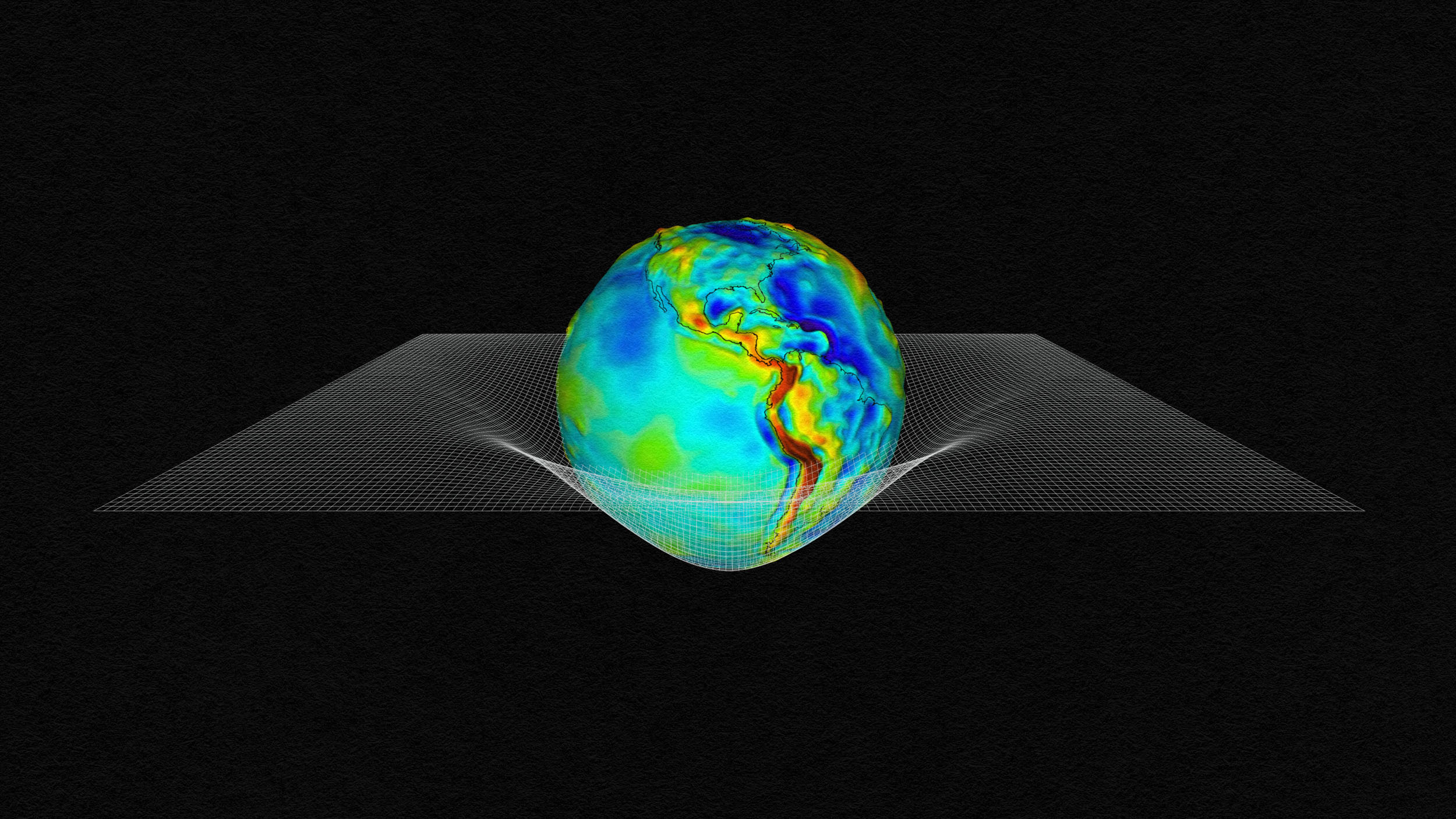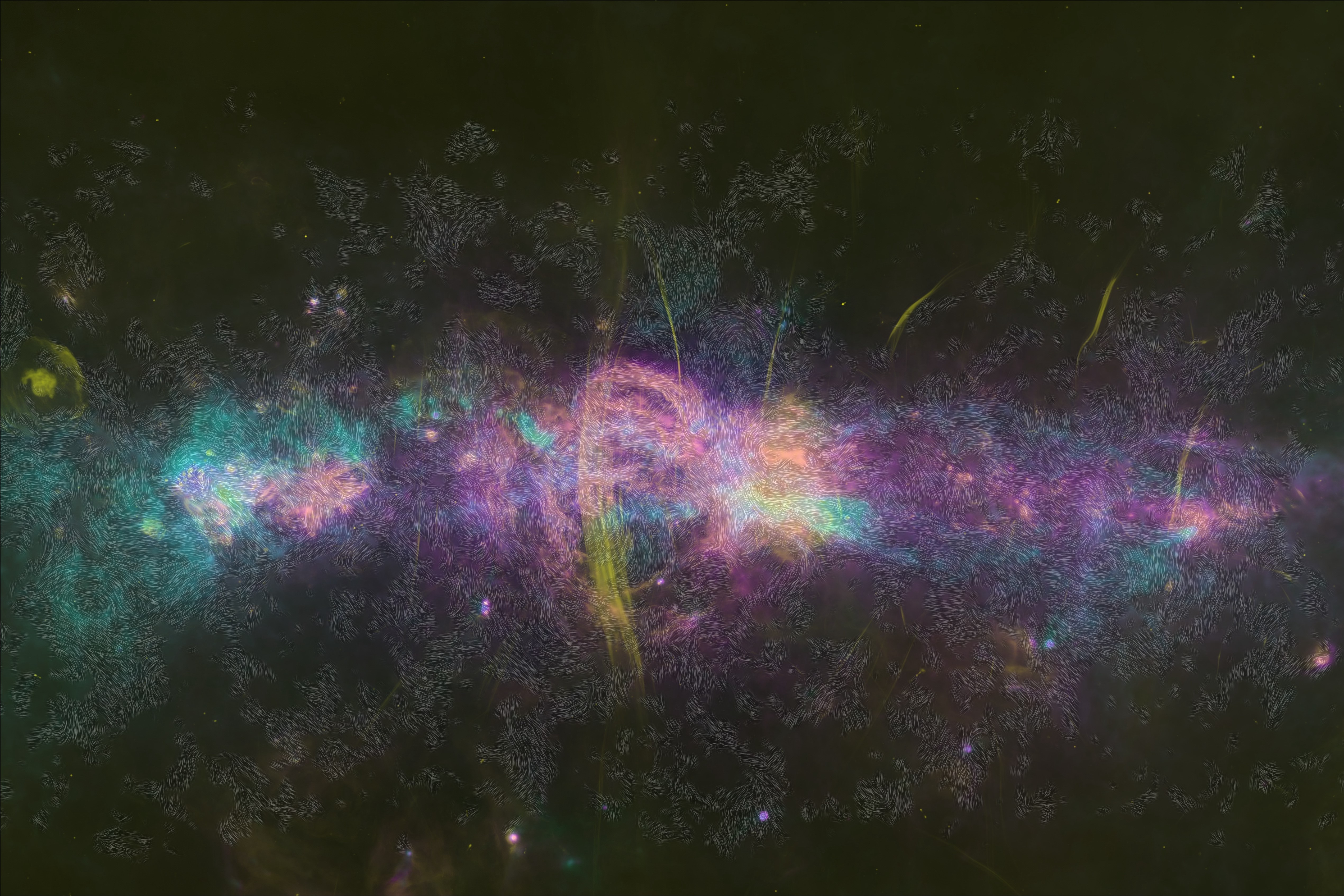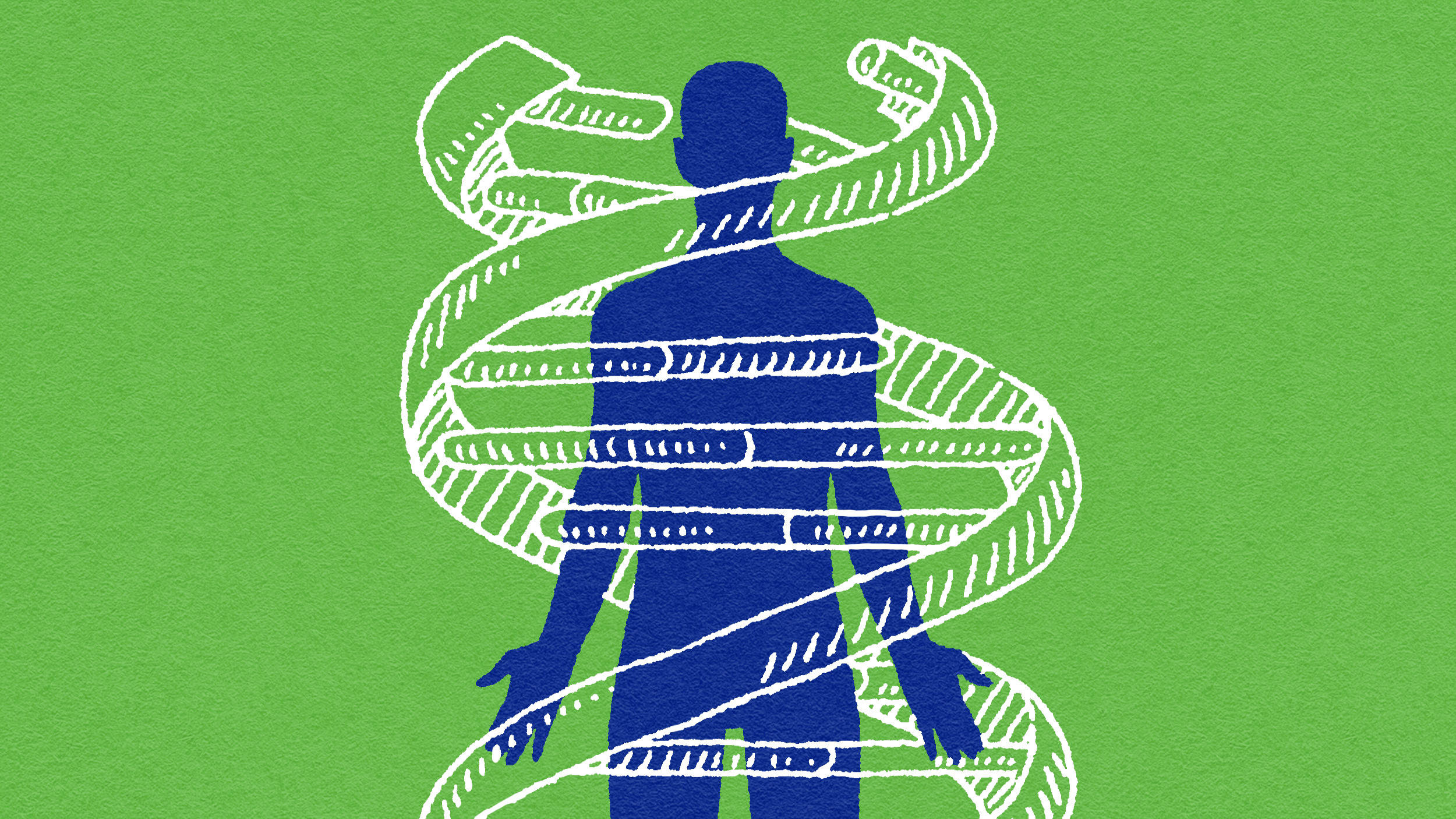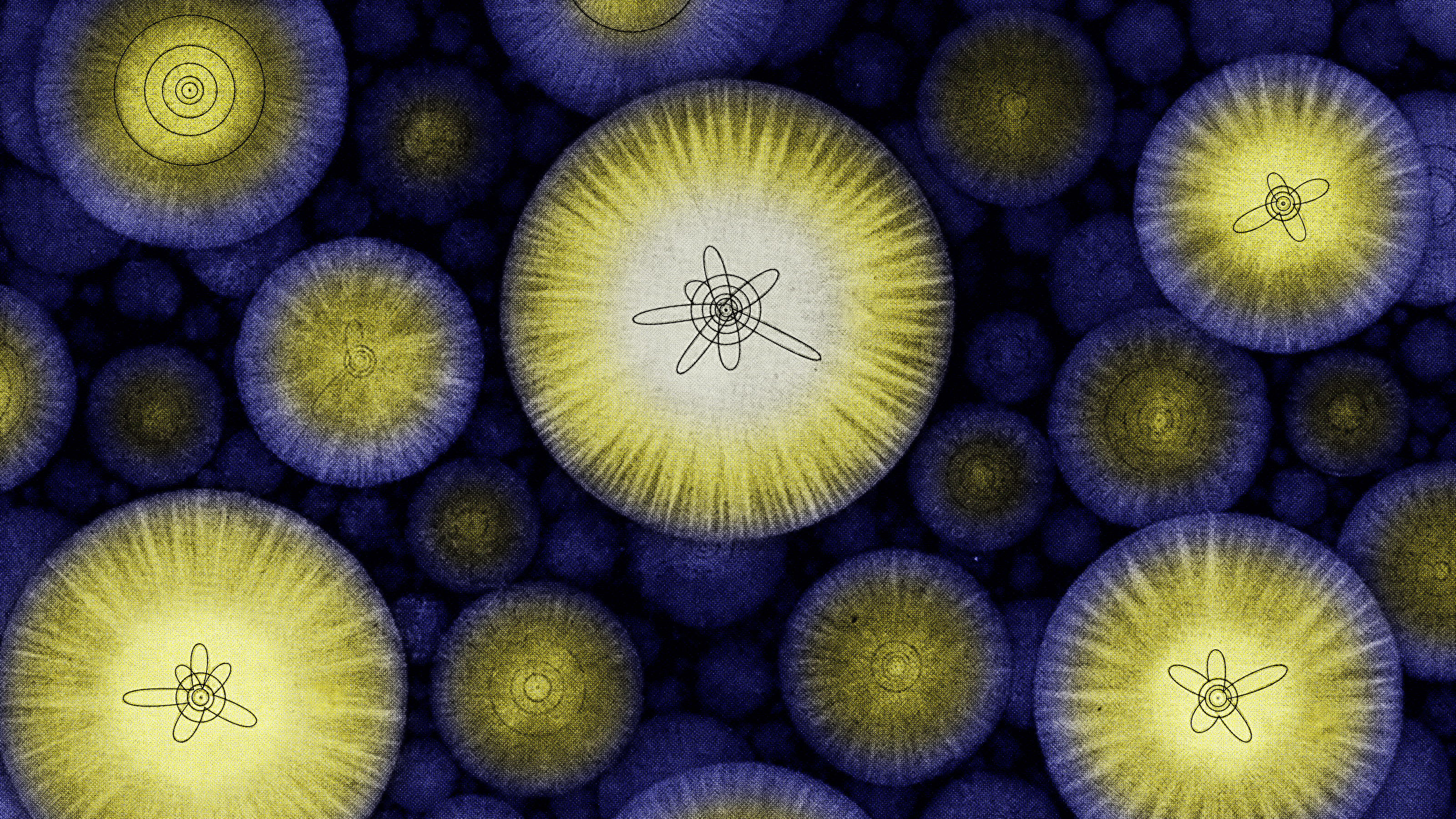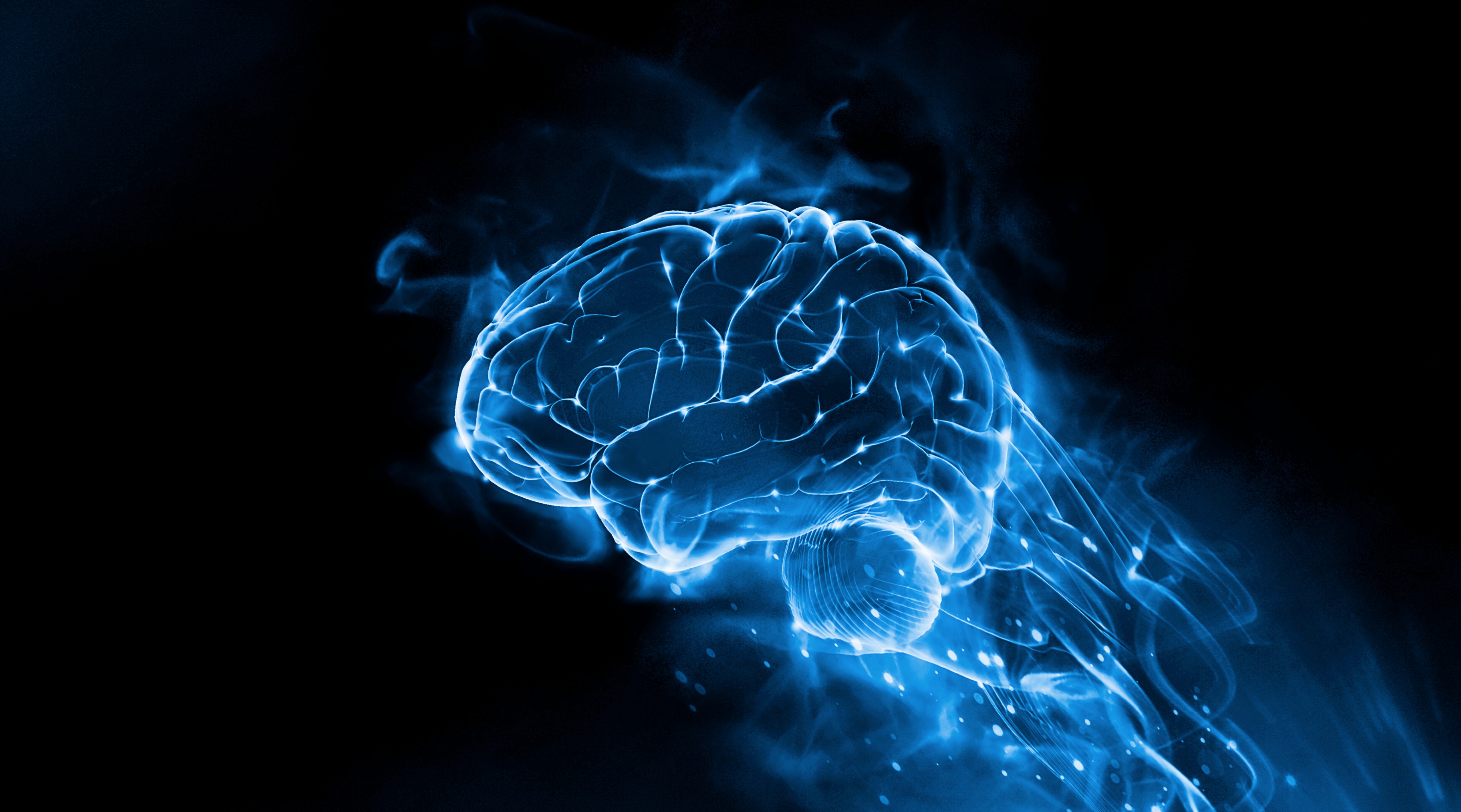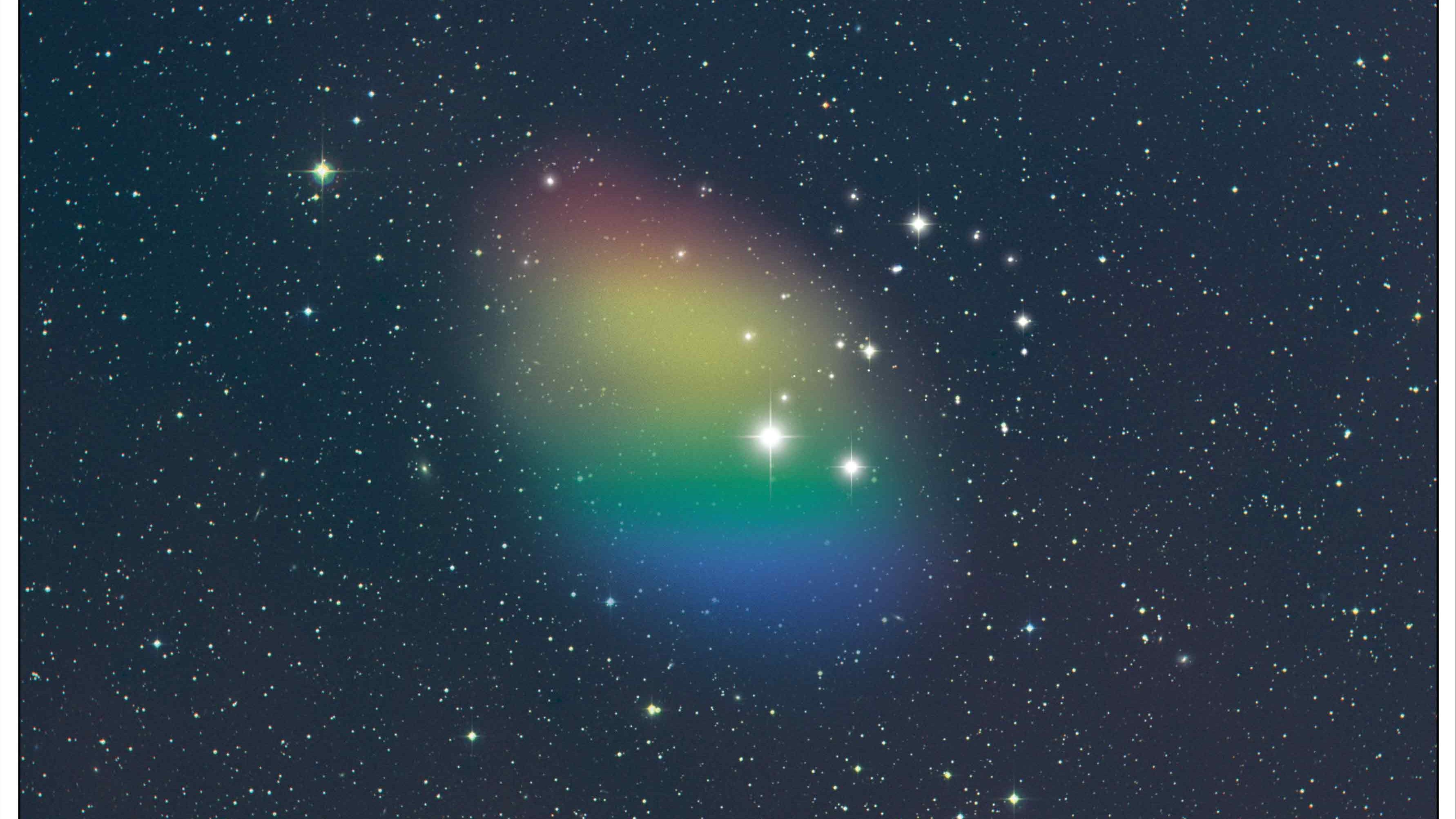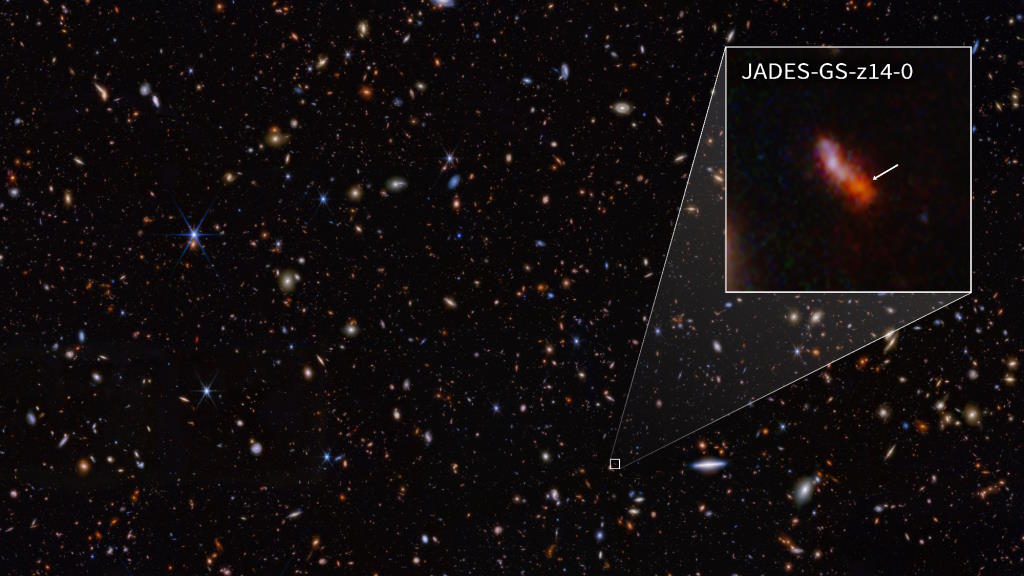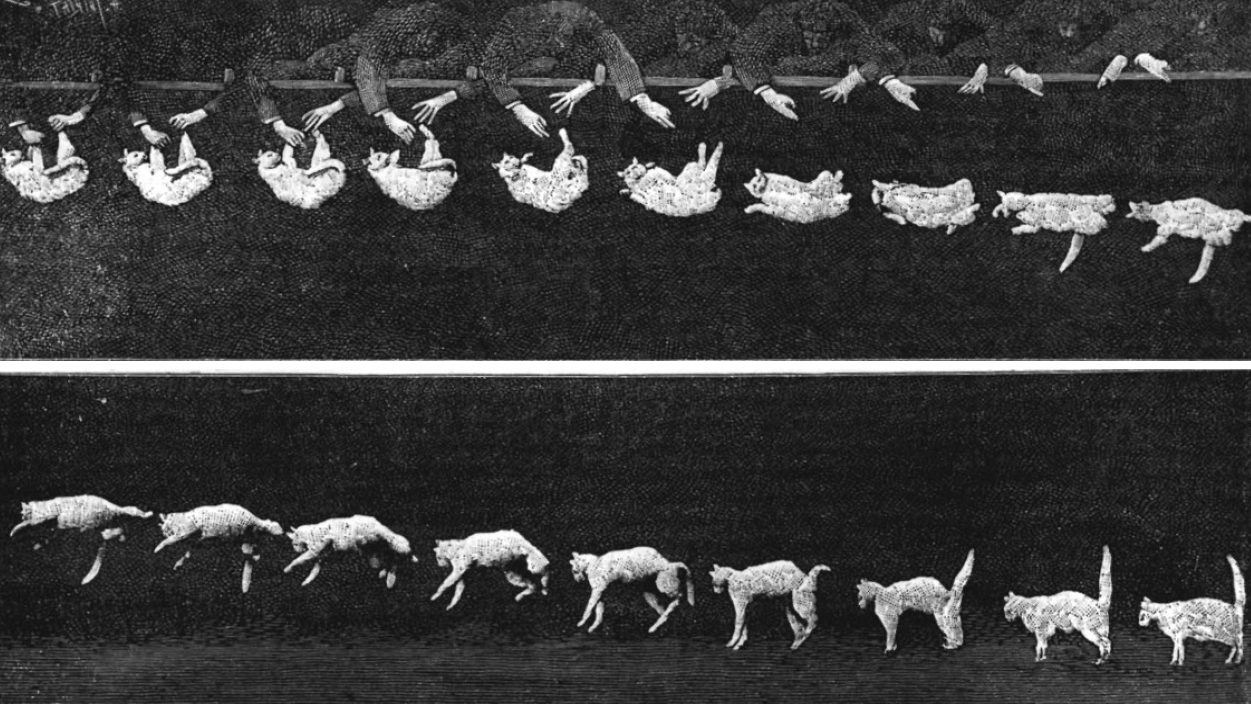Deep learning AI has accurately created color images from night vision images.
Search Results
You searched for: color
In our Universe, matter is made of particles, while antimatter is made of antiparticles. But sometimes, the physical lines get real blurry.
To know how to protect its astronauts, NASA needs to first understand the threat.
In the 1980s, some wardens started painting their cells with a shade of pink dubbed “Baker-Miller Pink.”
The Universe is precisely dated at 13.8 billion years old, but astronomers claim the Methuselah star is 14.5 billion years old. What gives?
From the explosions themselves to their unique and vibrant colors, the fireworks displays we adore require quantum physics.
James Fadiman PhD, who has 60 years of experience in the field, believes they are.
▸
6 min
—
with
Here in our Solar System, we only have one star: a singlet. For many systems, including the highest-mass ones, that’s anything but the norm.
In general relativity, matter and energy curve spacetime, which we experience as gravity. Why can’t there be an “antigravity” force?
Independent of cultural background, people seem to share a sense of what makes certain color combinations aesthetically pleasing.
This first-of-its-kind image offers a detailed look at the magnetic fields within the Central Molecular Zone.
Genes are sometimes called the “blueprint of life,” but that doesn’t make them the behavioral playbook.
Your brain is trying to show you the future.
By probing the Universe on atomic scales and smaller, we can reveal the entirety of the Standard Model, and with it, the quantum Universe.
50 years ago, Herman Chernoff proposed using human faces to represent multidimensional datasets. It was a good idea in theory — but a disaster in practice.
A classical equivalent to Chanel No. 5.
The observation that everything we know is made out of matter and not antimatter is one of nature’s greatest puzzles. Will we ever solve it?
Your organization won’t become a “data democracy” organically — shared knowledge is key.
9 minutes of cruel history may cure the anti-progress delusion.
This necropsy represents an early entry in what would become a tradition of performing autopsies to consider an individual’s sanctity.
Recent research sheds light on how the brain overgeneralizes fear, causing people to be afraid of harmless situations.
Overwintering is profoundly stressful for trees. So why do they bother?
To be happy, you have to become antifragile first. Harvard’s Tal Ben-Shahar explains.
▸
7 min
—
with
Big Think spoke with animator and animation historian Tom Sito about the cyclical evolution of animation.
Finding it at all was a happy accident. Examining it further may help unlock the secrets hiding within the earliest galaxies of all.
Science is for everyone, even those possessing strongly held beliefs that seem to conflict with the best available evidence.
These landscapes — of geographical differences in head shapes — have vanished from acceptable science (and cartography).
All telescopes are fundamentally limited in what they can see. JWST reveals more distant galaxies than Hubble, but still can’t see them all.
Cats twist and snakes slide, exploiting and negotiating physical laws. Scientists are figuring out how.
Every proton contains three quarks: two up and one down. But charm quarks, heavier than the proton itself, have been found inside. How?
